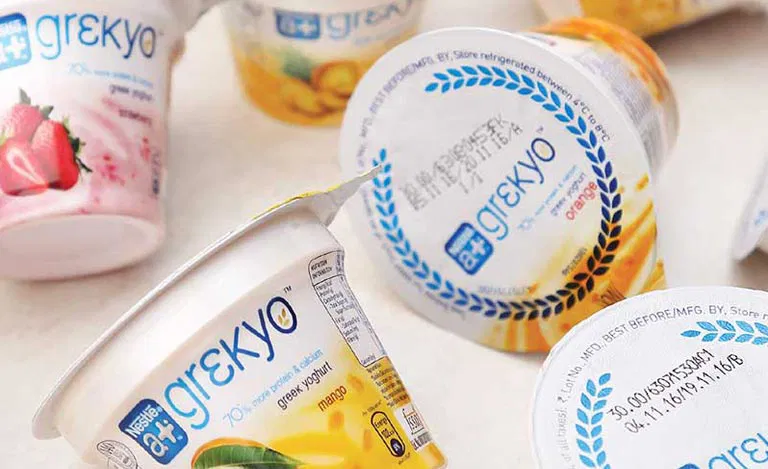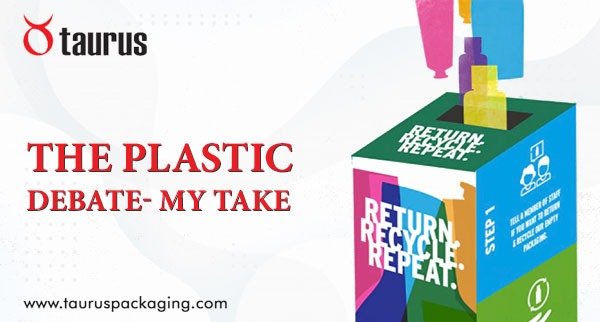SHRINK SLEEVES LABELS MARKET – GROWTH AND TRENDS
The shrink sleeves market in the Asia Pacific region was valued at USD 10.37 billion in 2019 and is expected to reach USD 15.55 billion by 2025. In the last two decades, the shrink sleeves market has grown remarkably. The colorful wrap around containers makes the product look more beautiful and attractive. As Shrink Sleeves are rocking in the packaging industry, there are many trends that will be taking place in the packaging industry in the future.
– Providing the extra benefit of the versatility of conveying brand and safety messaging for packaging designers and brand owners, shrink sleeve is preferred over conventional labels.
– 360-degree coverage allows packaging professionals to create eye-catching designs and full space that allows them to convey the brand’s message effectively to the current customers and prospective customers.
– With tight labeling regulations for both food and pharmaceutical products in place or on the way, having extra space to conform to regulatory standards while maintaining a product’s ability to reach out to consumers is expected to heighten the importance of sleeve labels.
– The flexibility of Shrink Sleeves is also attracting the Packaging designers to use it for their products as shrink sleeves can take any shape and size very easily along with giving a beautiful look to the product.
– Shrink Sleeves allow product-makers to utilize a single colorless container and differentiate products and lines with their labels.
Shrink sleeves have emerged as one of the biggest boons in the packaging industry with their ease of use and application for the packaging designers and developers. The customer interaction and flexibility of shrink sleeves will be the reason for the increase in the use of Shrink Sleeves in the upcoming years.







